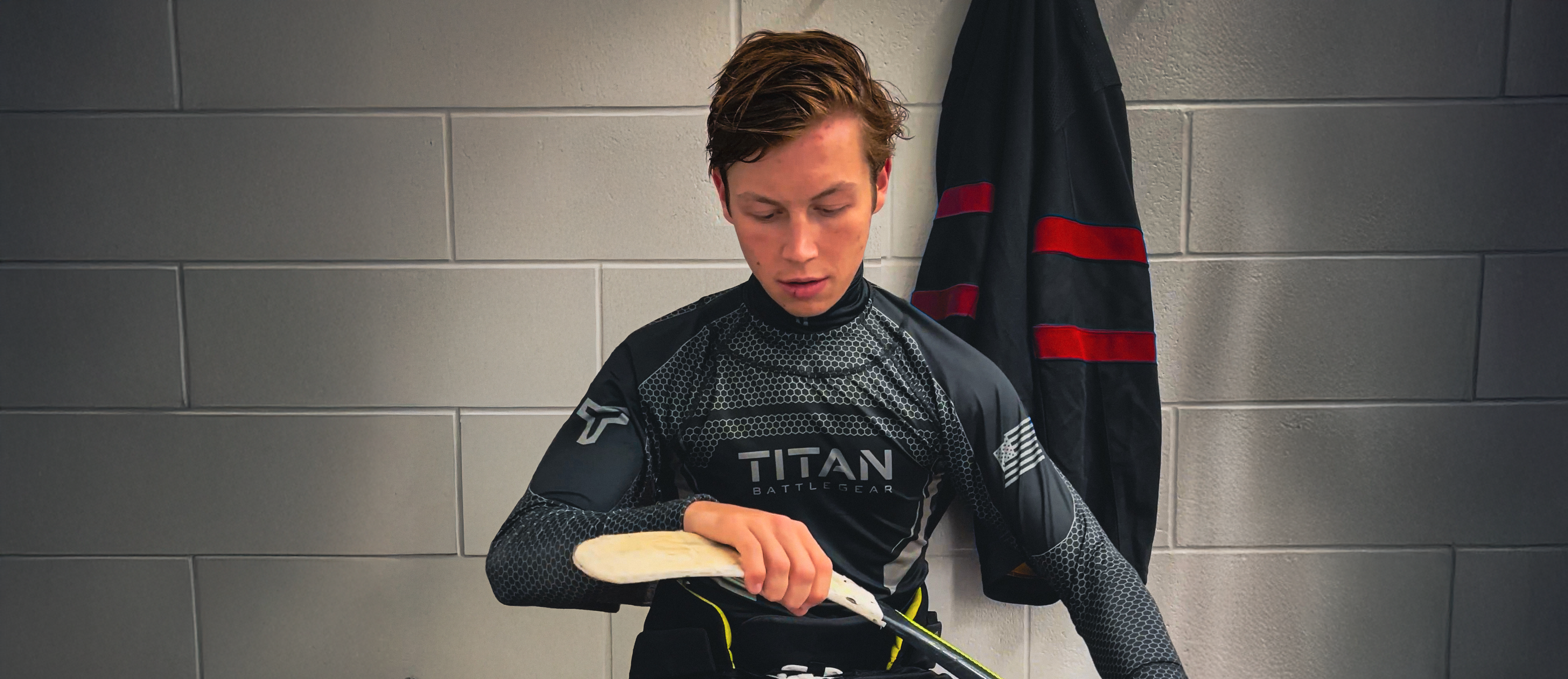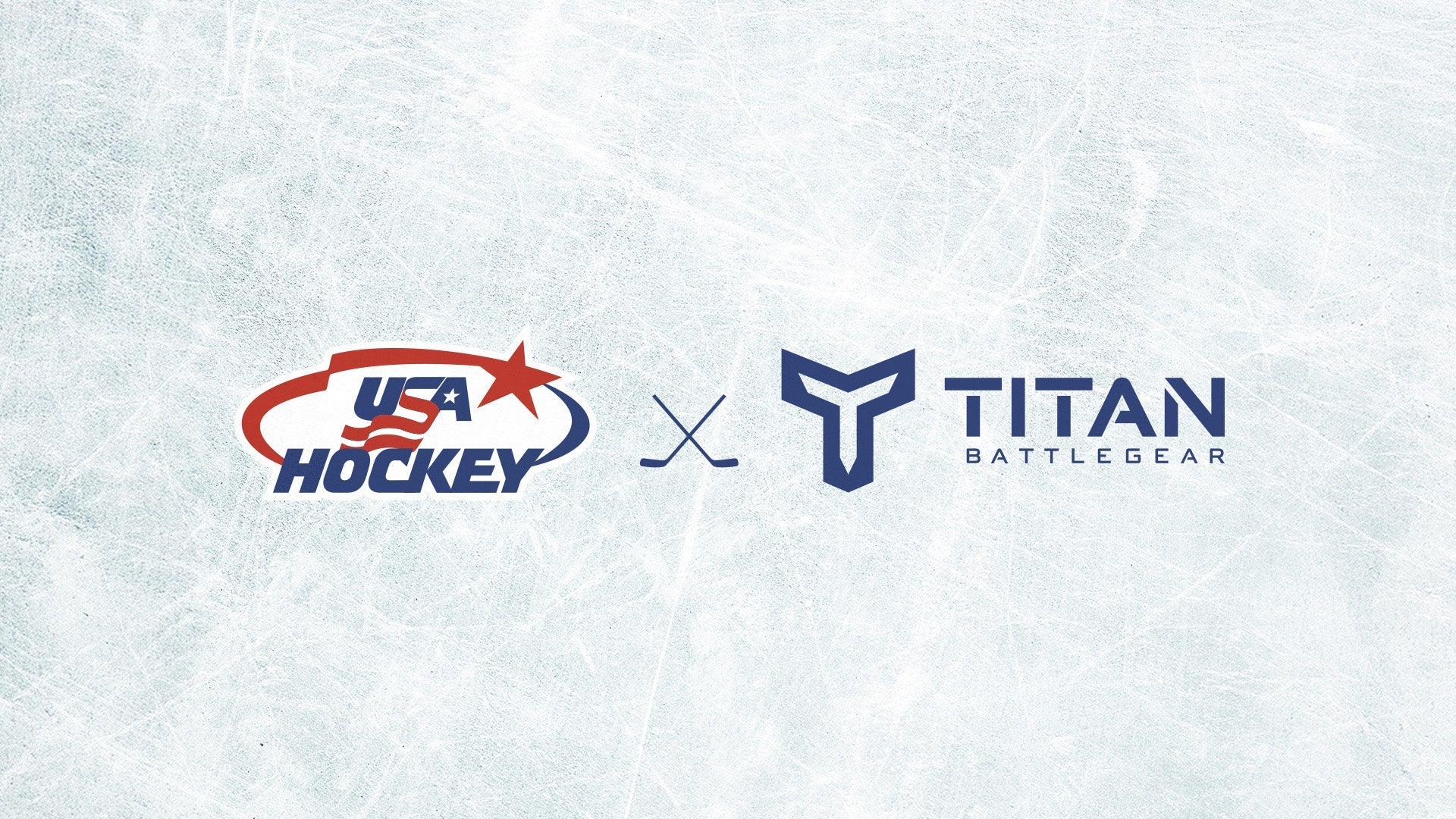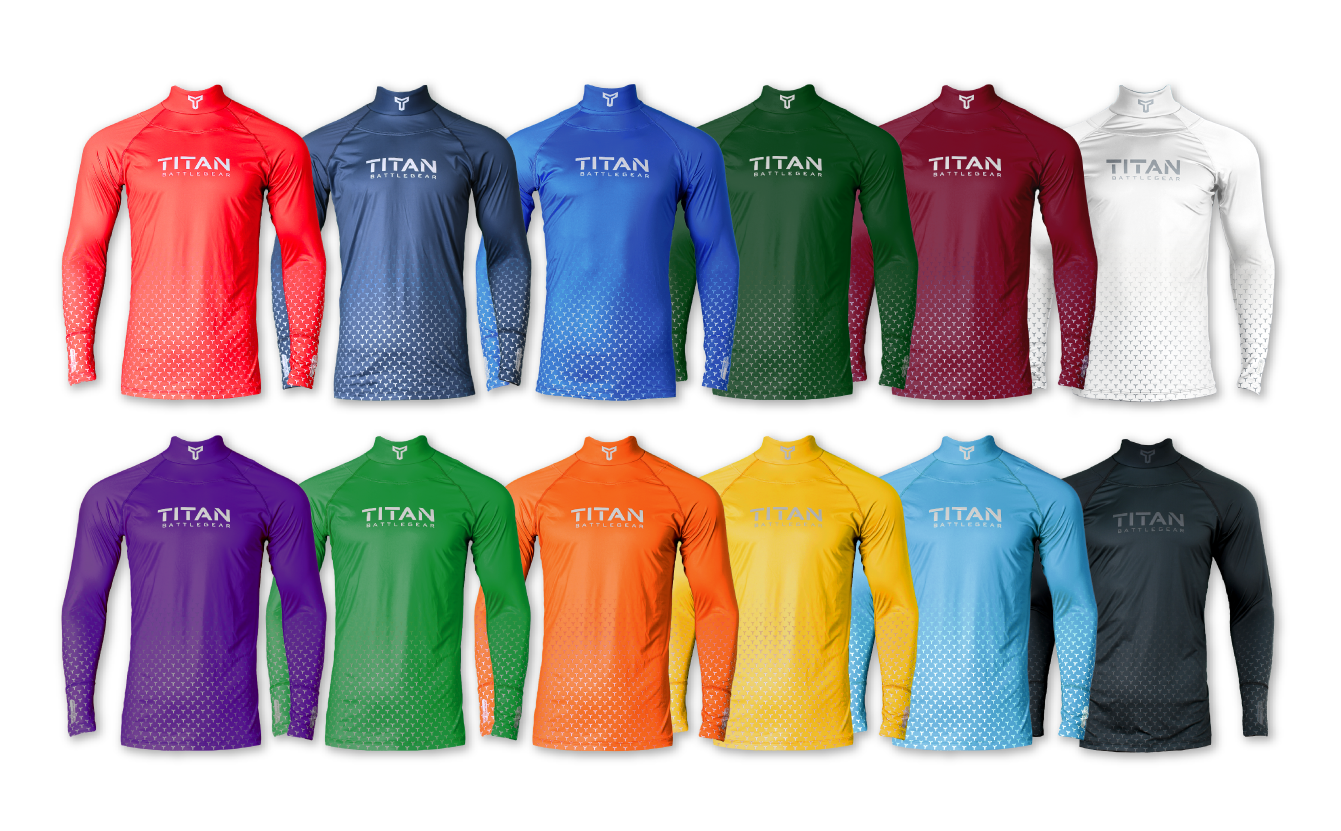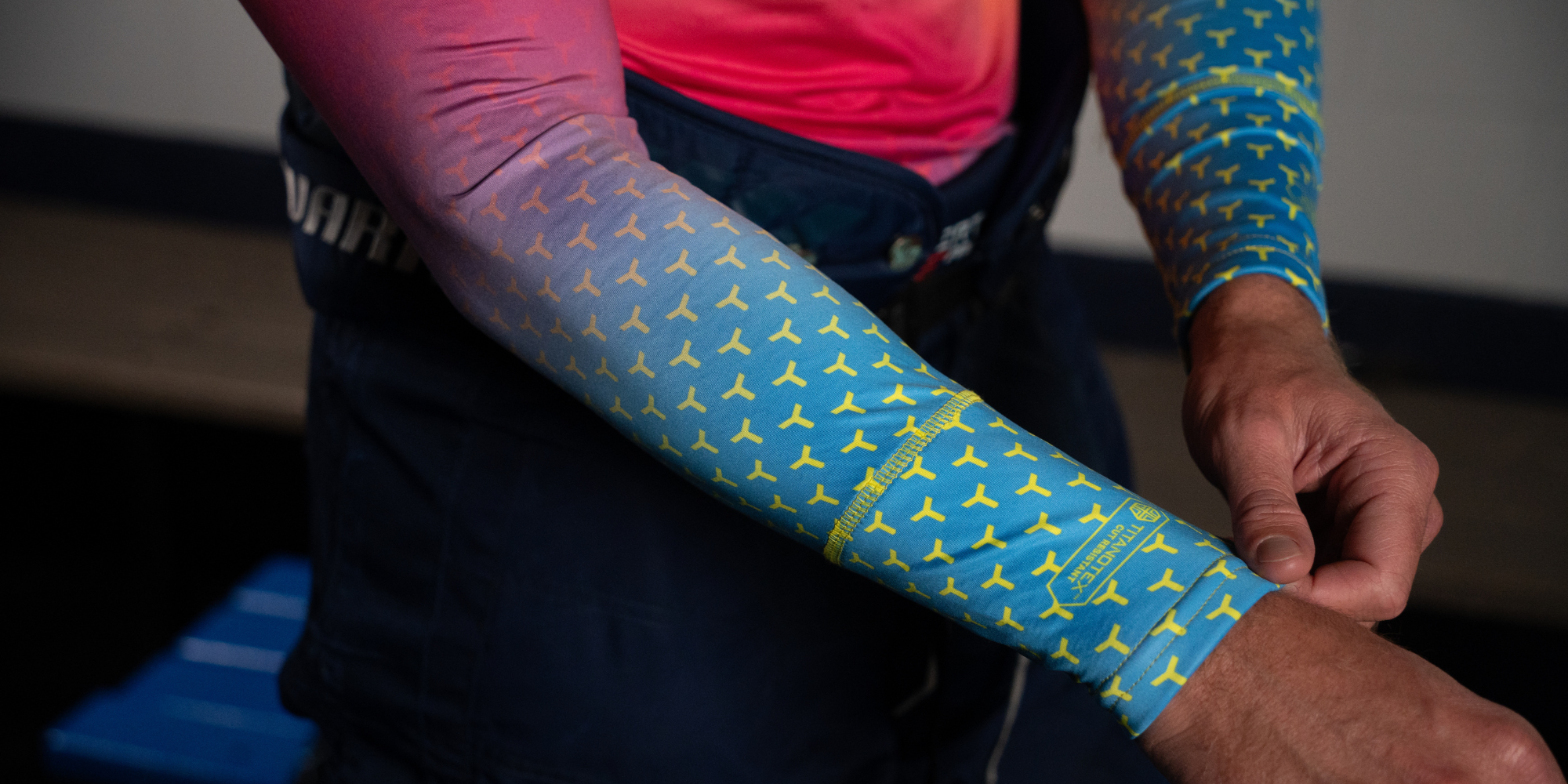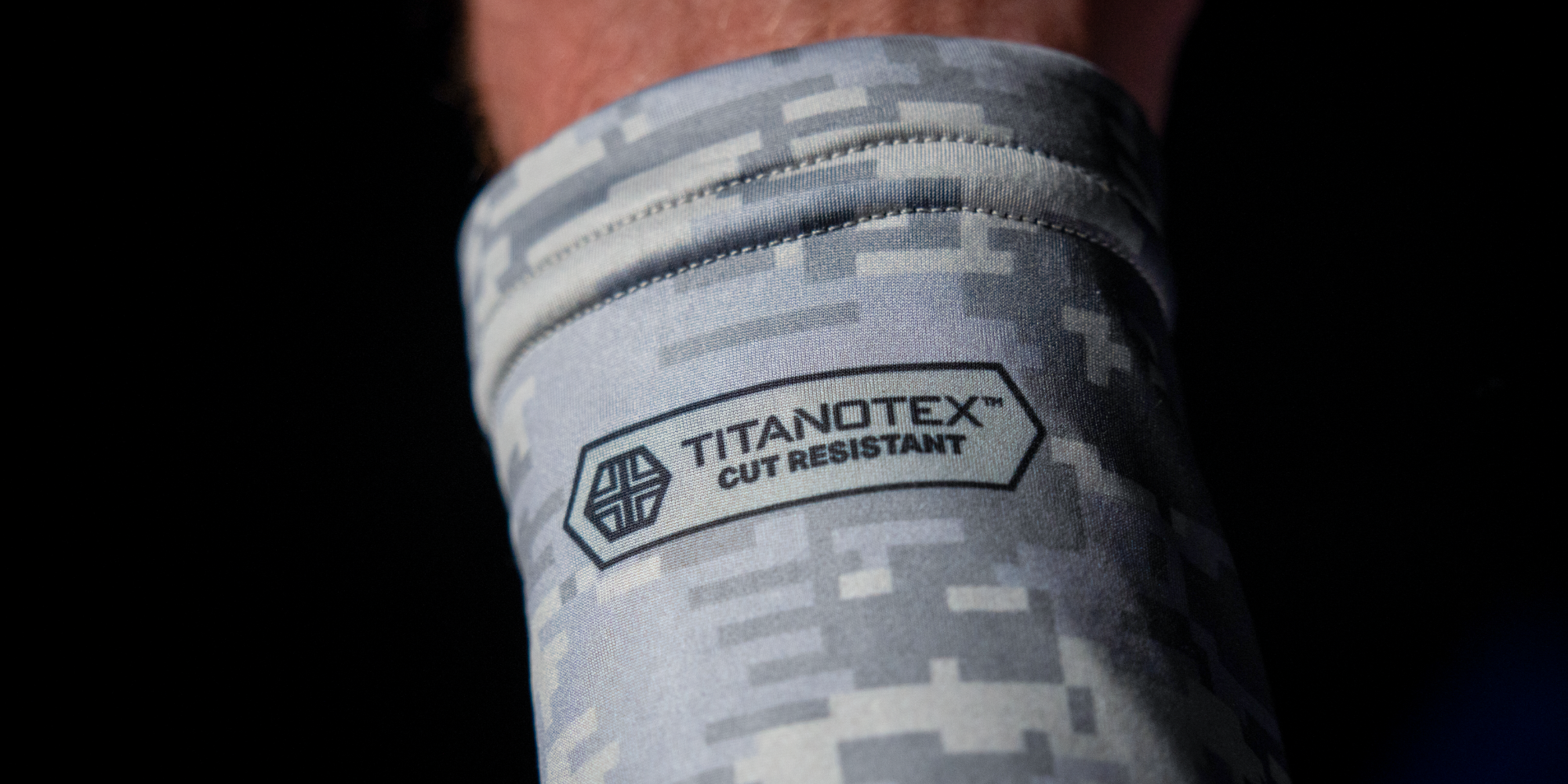Hockey is a game of skill, speed, and grit, but it also carries inherent dangers. Among them, the risk of a skate blade laceration to the neck is one of the most severe. The tragic death of former NHL player Adam Johnson in 2023 reignited the debate: should players be required to wear cut-resistant neck protection, or should they be free to choose based on personal preference and comfort?
This debate is fueled by two competing priorities: safety and protection vs. comfort and aesthetics.
Below, we’ll explore both sides of the argument, address common objections, and present the most compelling case for each perspective.
The case for neck guards: safety should always come first
The risk is real and potentially fatal
Neck lacerations are not hypothetical – they’ve happened at every level of hockey. Incidents involving Clint Malarchuk (1989) and Richard Zedník (2008) are among the most well-known cases where a skate blade severed the carotid artery, requiring emergency medical intervention. More recently, Johnson’s death has intensified calls for mandatory neck protection, as his injury was catastrophic and ultimately fatal.
-
Counterpoint: Serious neck lacerations are rare compared to other injuries, such as concussions or broken bones.
-
Refutation: While rare, when they do occur, they can be fatal in seconds. Unlike a concussion, where a player may have time to seek medical attention, a neck laceration often results in rapid blood loss and requires immediate emergency response. The risk-reward balance suggests that preventing even one death is worth requiring neck protection.
Advancements in neck guard technology have eliminated many complaints
Older neck guards were bulky, uncomfortable, and soaked up sweat, making them undesirable for players. However, modern cut-resistant fabrics like Titanotex™ and integrated base layers have eliminated bulk, improved moisture-wicking, and increased breathability.
-
Counterpoint: Neck guards are still uncomfortable, restricting movement and causing distraction.
-
Refutation: The latest designs eliminate velcro, reduce excess material, and conform to the player's body, ensuring an ergonomic fit that moves with them. The argument that they are "uncomfortable" is outdated and based on older, inferior designs.
Mandates are already happening – get ahead of the curve
Several governing bodies, including USA Hockey (for players under 18) and some European leagues, have already implemented neck protection mandates. If the NHL follows suit, players will need to adapt anyway. Wearing a neck guard now eliminates the need for an uncomfortable adjustment period later.
-
Counterpoint: Mandates shouldn’t dictate personal choice.
-
Refutation: Safety regulations exist in all sports to protect players from avoidable injuries. Helmets, mouthguards, and visors were once optional in hockey, but are now essential for safety. Neck guards will likely follow the same trajectory.
The case against neck guards: let players decide
Hockey players prioritize comfort and performance
Hockey is a fast-paced game that demands agility, quick reflexes, and full range of motion. Many players argue that even the most advanced neck guards still feel restrictive, causing unnecessary discomfort.
-
Counterpoint: Modern designs eliminate discomfort, so this is an outdated argument.
-
Refutation: Even the best designs add some degree of heat retention and friction, which can be distracting in high-intensity play. Hockey players fine-tune their gear for peak performance, and any distraction can impact their ability to play at their highest level.
The 'cool factor' and hockey culture matter
Let's be honest – hockey players value swagger. The NHL is a league where unwritten rules dictate everything from fighting etiquette to uniform aesthetics. Many players have resisted neck protection because it simply doesn’t look tough.
-
Counterpoint: Image shouldn’t trump safety.
-
Refutation: In a sport where confidence and mental edge matter, self-perception is important. If a player feels restricted or self-conscious in a neck guard, it could negatively impact their mindset and their overall performance.
The risk is minimal and comparable to other injuries
Neck lacerations are incredibly rare compared to other hockey injuries like concussions, broken bones, and knee injuries. If the logic behind mandating neck guards is injury prevention, why aren’t leagues prioritizing better concussion protection first?
-
Counterpoint: A single neck laceration can be fatal, whereas concussions, while serious, rarely result in immediate death.
-
Refutation: That’s a slippery slope argument. If we mandate every piece of protective equipment possible, should we also force players to wear full cages, additional padding, and cut-resistant sleeves? At some point, the line must be drawn between protecting players and letting them play the game naturally.
Final verdict: which side wins?
-
If the goal is long-term player safety, the pro-neck guard argument is hard to refute. The advancements in technology, increased adoption of safety regulations, and the high stakes of a severe injury make it a reasonable and necessary piece of equipment – just like helmets and visors once were.
-
If the priority is player comfort and autonomy, the anti-neck guard side holds some weight. Hockey culture has long favored personal choice, and some players truly feel that even a slight distraction is a competitive disadvantage. However, this argument will likely weaken over time as younger players grow up wearing protective neck gear from youth leagues onward.
What’s the most likely outcome? Much like helmets and visors, neck guards will eventually become standard in hockey, whether players like it or not. The resistance today is a mix of habit, tradition, and image, but safety regulations tend to win out in the end. The best thing players can do now is find high-quality, comfortable options that fit their game, before the choice is made for them.
Titan’s final take: the choice is clear
At Titan Battlegear, we don’t see this as a debate – we see it as an inevitability. Safety standards evolve, just like they did with helmets, visors, and concussion protocols. The choice isn’t between looking cool or staying safe – it’s about demanding the best gear that protects without compromise.
Our innovative products and fabrics (Titanotex™ fabric, Stretch ProCurve™ Collar, and ArcGuard™ Technology) aren’t about checking a safety box – they’re about redefining what high-performance protection looks and feels like. The old excuse that neck protection is uncomfortable doesn’t hold up anymore.
Hockey is fast, aggressive, and unpredictable. The best players train relentlessly, fine-tune their gear, and do everything possible to stay on the ice and in the game. If a lightweight, breathable, high-performance base layer can eliminate one of the sport’s most catastrophic risks, why wouldn’t you wear it?
The game is changing – play smart, stay protected, and stay ahead.


